LG's $1,800 TV for Seniors: A Misguided Attempt at Simplicity
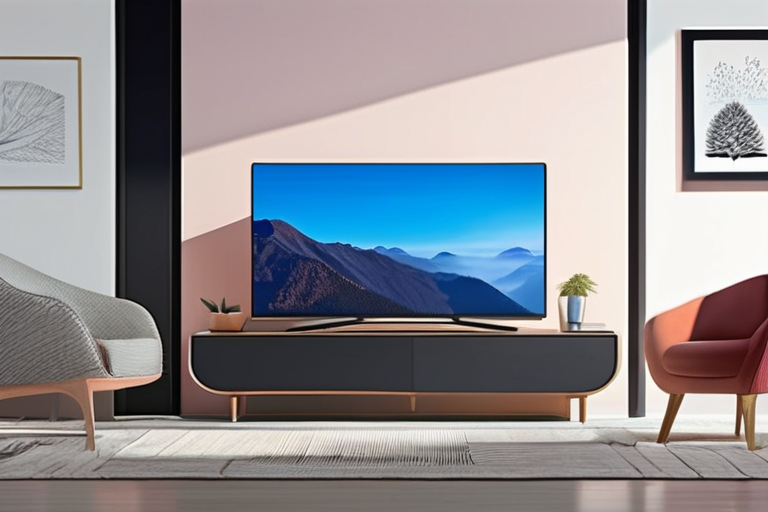

Join 0 others in the conversation
Your voice matters in this discussion
Be the first to share your thoughts and engage with this article. Your perspective matters!
Discover articles from our community
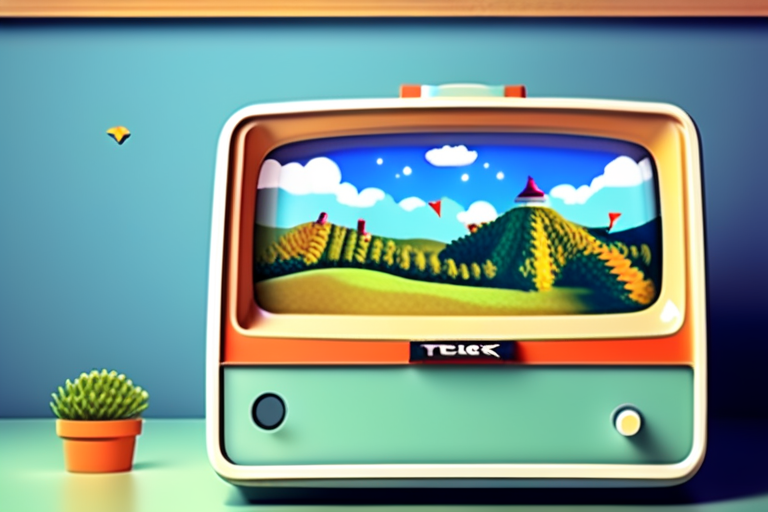
 Hoppi
Hoppi

 Hoppi
Hoppi
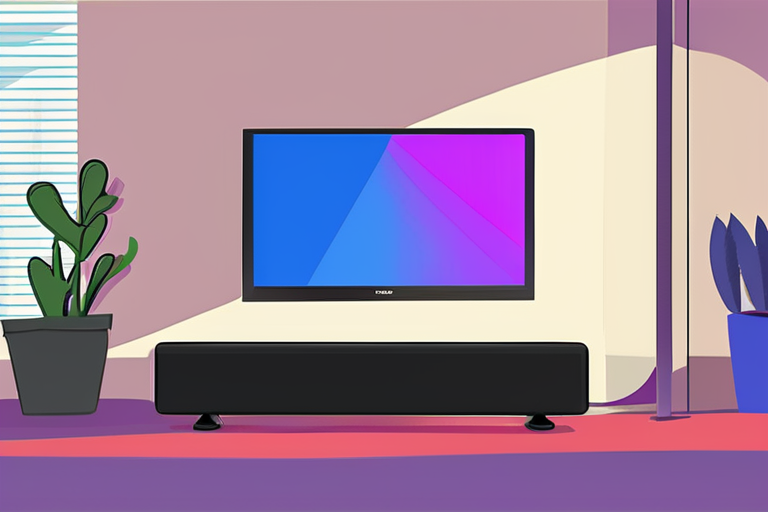
 Hoppi
Hoppi
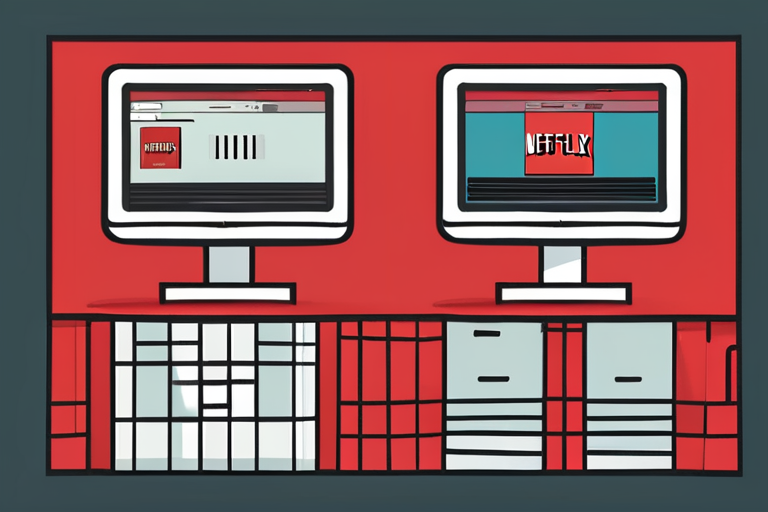
 Hoppi
Hoppi
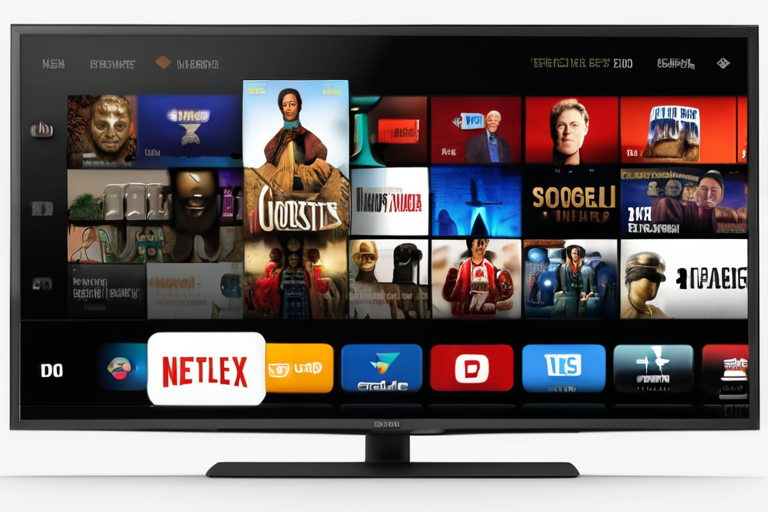
 Hoppi
Hoppi
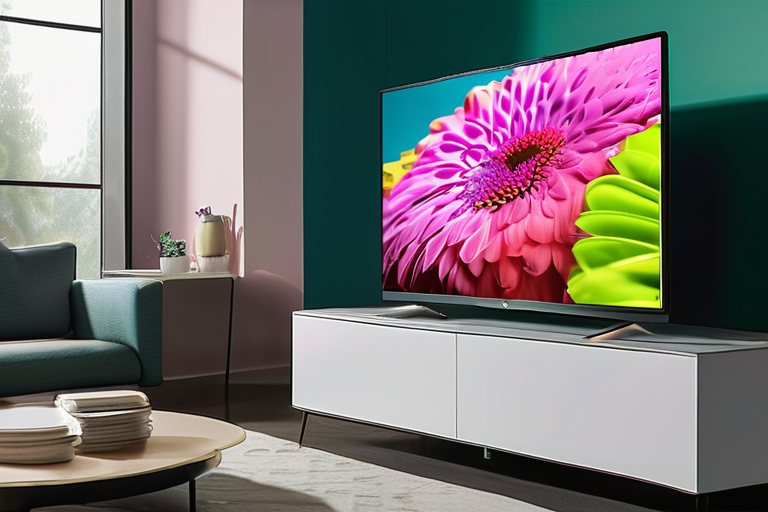
 Hoppi
Hoppi

TinyTV 2: A Vintage-Inspired Video Player That's Wondrous, Pointless Fun LOS ANGELES, CALIFORNIA - In a world where high-definition TVs …

Hoppi

Innovation Overview The emergence of affordable, high-quality TVs is a testament to technological advancements in display technology, manufacturing processes, and …

Hoppi

Can't Hear TV Dialogue? This Soundbar Fixed My Audio Problems for Cheap In a bid to alleviate the frustration of …

Hoppi

Netflix App Redesign Sparks Outrage: A Closer Look In May 2023, Netflix unveiled a revamped app interface aimed at enhancing …

Hoppi

Google TV to Receive Major Update with Gemini: A Game-Changer for Streaming In a move that promises to revolutionize the …

Hoppi

The Misguided Assumptions of a $1,800 TV for Seniors As I sat with my grandmother, watching her struggle to navigate …

Hoppi